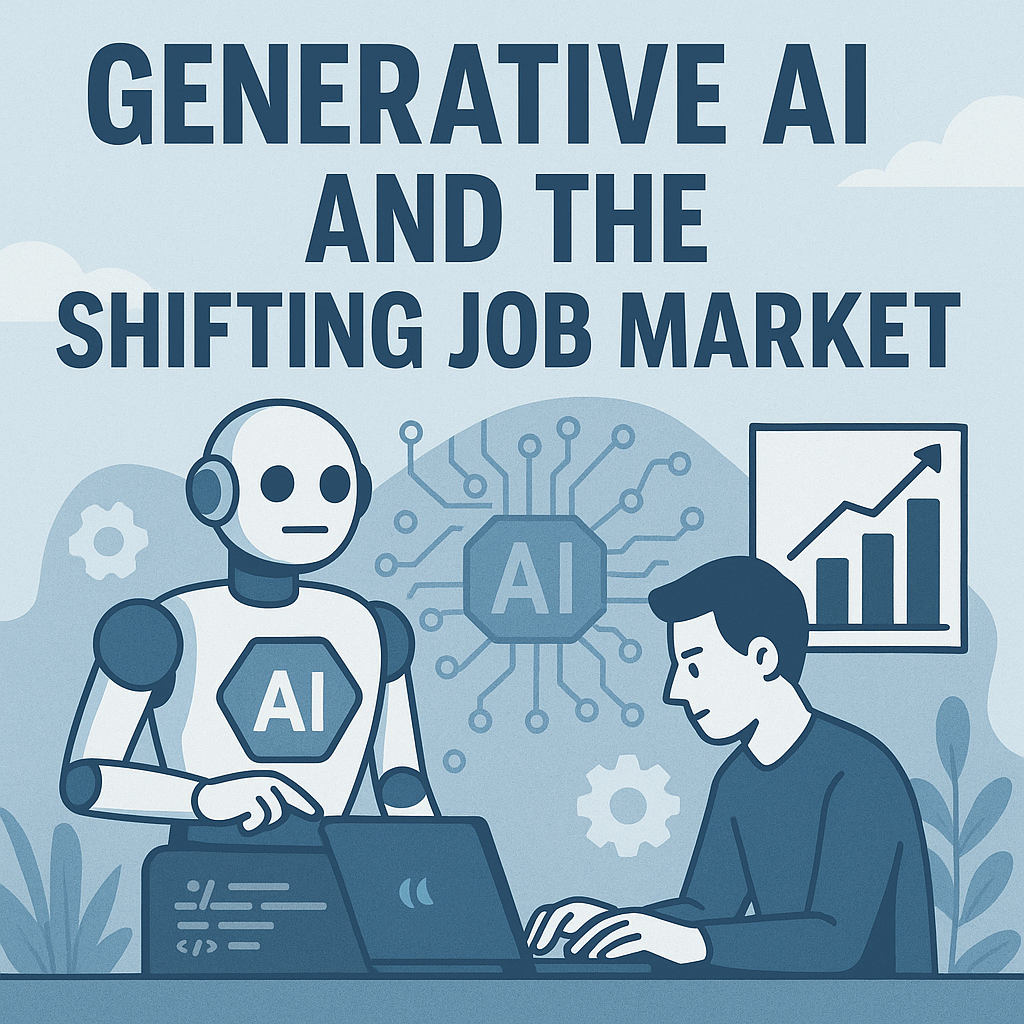FringeLines Podcast Recap
Episode Title: Generative AI and the Shifting Job Market

In this week’s episode of the FringeLines Podcast, hosts Quinn and Will dive into the expanding impact of generative AI on the job market, app development, and how everyday productivity is being reshaped by AI tools like Replit, OpenAI Operator, and emerging automation platforms.
🔧 Playing With AI Tools: From Pizza Dough to Replit Apps
Quinn shares a fun weekend story of making homemade pizza with his kids before switching gears to a more technical endeavor: integrating Make.com with ChatGPT to synthesize newsletters and automate research. Meanwhile, Will explores Replit’s new mobile app and shows how he built a functional CrossFit workout app live, using just prompt commands.
“Our expectations raised so quickly. You just produced an app with no engineering experience, and we were like, ‘Yeah, it’s fine.’”
📱 Agentic Development: MVPs at Lightning Speed
Using Replit’s built-in prompts and suggestions, Will creates a full-feature workout timer and leaderboard app in minutes. From feature prompts to database integration and deployment, the conversation highlights how non-engineers can now build fully functional MVPs with minimal effort.
Key Takeaway: These tools collapse the skill stack, allowing product managers, entrepreneurs, and creators to prototype without engineering teams—raising both productivity and expectations.
🧠 Philosophical Shift: Prompting the Right Questions
The hosts reflect on how access to AI is like gaining 400 IQ points overnight. But the real challenge? Knowing what to ask.
“Even though we may not know the right question, AI can help us figure out the right question to ask.”
They also note the cognitive shift: using AI tools trains users to become better thinkers and communicators, not just better prompt engineers.
💊 Generative AI in Healthcare
A poignant story emerges about an OpenAI researcher using early access to GPT for deep medical research during his wife’s cancer diagnosis. The model not only validated doctor opinions but also suggested additional questions and angles to explore—potentially changing the course of treatment.
This story highlights the untapped potential of generative AI beyond productivity, hinting at life-saving applications.
💼 Enterprise AI: Between Hype and Reality
Despite massive investment forecasts (Amazon, Google, Microsoft set to spend $255B on AI CapEx in 2025), the real-world adoption inside enterprises remains limited. Engineers and teams are experimenting, but most use cases are still basic or exploratory.
“We thought it would do X, Y, Z—but it didn’t hold the right context. So now it’s useless here. But fix that context, and suddenly it’s valuable.”
💸 The Knowledge Arbitrage Era
The conversation touches on the “knowledge arbitrage” opportunity—how individuals can use generative AI to amplify their personal productivity, augment decision-making, and create tools tailored to their lives.
“Instead of competing with the models, use them to create your own lifestyle business or personal edge.”
From micro-SaaS to automation, being the first to apply AI effectively to your niche might be the key to future resilience in the job market.
⚠️ Risks: Job Displacement & Micromanagement
While productivity is booming, the darker side of AI adoption looms:
- Blue-collar displacement: AI may not kill jobs overnight, but it could feel that way when it happens.
- AI micromanagement: Managers may start trusting AI-generated productivity reports more than their teams.
- Cognitive overload: With tasks being processed at machine speed, humans may become the bottlenecks.
🧑🎨 People as the New Brands
One of the more interesting reflections from the show: In a world flooded with AI-generated content, individuals become brands. Whether it’s a YouTuber like Mr. Beast or a micro-influencer with a niche skill, brand identity is decentralizing away from companies and into creators.
🎙️ Final Thoughts
The AI revolution isn’t a distant future—it’s here, and it’s evolving faster than we can process. Whether you’re a builder, seller, or strategist, the key might be to stop trying to beat the machine and instead learn to ride alongside it.
“You don’t have to be the fastest—you just can’t be the slowest if you want to survive.”
Stay curious. Stay adaptable. See you next week on FringeLines.

Leave a Reply